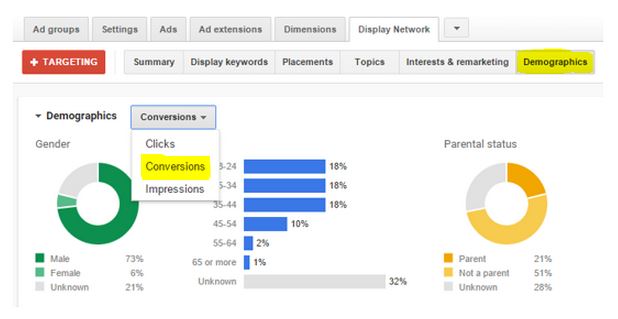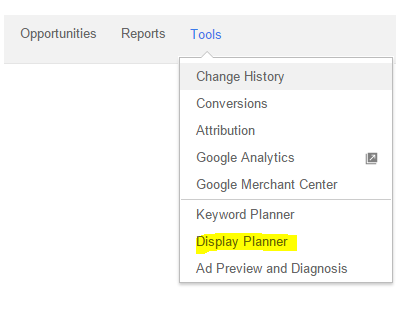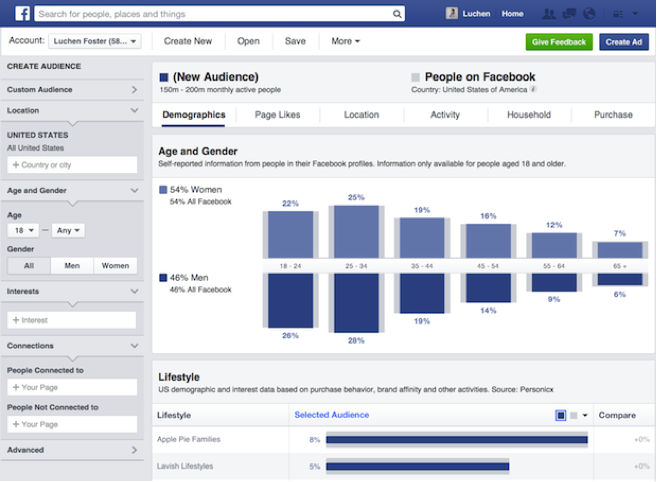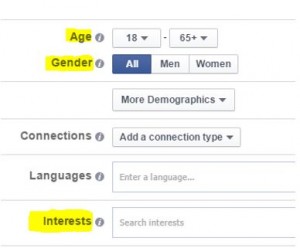Drive Visitors To Your Site With Display Prospecting for New Audiences

When it comes to display prospecting for new audiences, advertising is based on the demographic or interest-based targeting, rather than the search intent. Retailers use display prospecting to improve brand awareness and drive new site visitors.
“There’s a few ways to find your audience, but it’s important to note not all sites and not all retailers are going to have a specific, defined audience,” Josh Brisco Senior Retail Search Manager at CPC Strategy said.
Marketers can find new audiences through:
Demographics
Within the Google Display Network, retailers can leverage their demographics, using existing campaign data – primarily from remarketing campaigns.
As seen in the image below, retailers can view demographics within the Display Network tab:

Gender is one of the primary demographics retailers should be utilizing throughout prospecting.
For the above example, 73% of men are converting within this specific remarketing campaign (the majority between the ages of 24 and 44 years old). This existing data allows marketers to better understand who within their audience is already converting and can help guide them towards the appropriate new audiences.
Top Performing Placements

Placements within the Display Network is another metric commonly used to prospect new audiences that will need to come from an existing campaign. When analyzing placements, retailers should sort by converted clicks so they know who specifically is purchasing the item(s) and what sites they came from.
“What I typically look for is those specific sites that stand out in terms of driving converted clicks or that they are very specific or similar to the actual site that we are looking for,” Brisco said.
If retailers want to serve their ads on a particular site, targeted placement is the process for identifying which sites to target for the most impact. Another way to do this is through the Display Planner.
“The Display Planner is probably something marketers don’t use often, but it’s a robust, easy and useful tool,” Brisco said.
Retailers can find the Display Planner under the Tools tab (as seen below). Once a marketer enters the URL, Google provides eligible ad placement options within their network.

These results are typically more site specific than what we see from remarketing campaigns. Google will match retailers with sites that are likely to drive brand awareness for their product(s).
Not all brands are going to have a plethora of related sites and some results may prove more lucrative than others.
“At the end of the day, conversions and ROI are not the end all, be all metric here. So if you are going to build out one of these specific campaigns, I would definitely recommend a particular site placement per ad group because it allows easier optimization down the road,” he said.
The benefit of using Google Analytics for prospecting is it gives marketers a site-wide, more holistic perspective of demographics.
Anytime you are prospecting, it’s always good to keep in mind you can never have too many audiences collecting data.
Within Google Analytics, you can segment your audience into:
Facebook Audience Insights enable marketers to gain more perspective about their target audience. Similar to the Google Display Network, Facebook Insights shows retailers the current trends within their actual and potential customers.
When retailers have a better understanding of their audience, they can build out advanced targeting to improve campaign success and relevancy.

Examples of categories within Facebook Insights include:
A common mistake among retailers is jumping into a marketing campaign without the proper preparation. Prior to creating a Facebook Audience, retailers should:
The Facebook Audience Insight tool can help retailers develop a strategy for their campaign by consolidating Facebook data for:

Based off of this data, retailers can then create an audience at the Ad Set level.
Create a Facebook Audience at Ad Set Level
Step 1: Identify target age/gender
Step 2: Identify target other demographics
Step 3: Add relevant pages
Scaling a campaign is a combination of previous performance data in addition to testing new opportunities through lookalike audiences, campaign refinements, ect.
For more on how to drive more visitors to your site, email [email protected]
